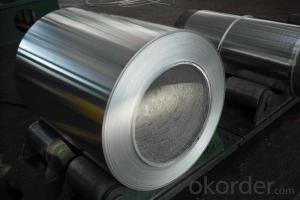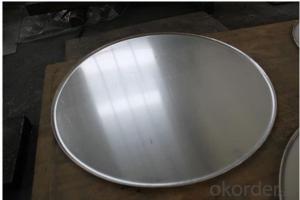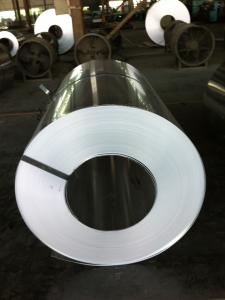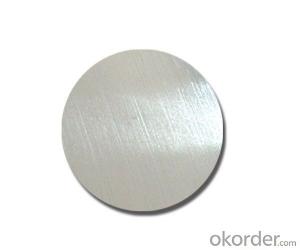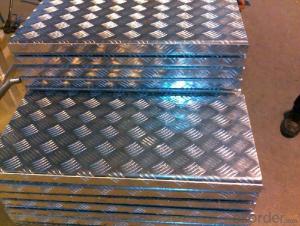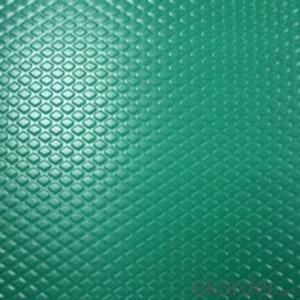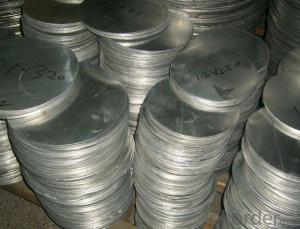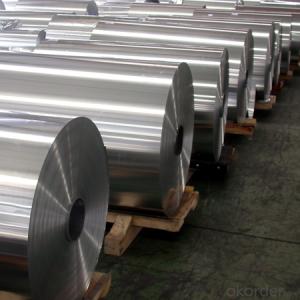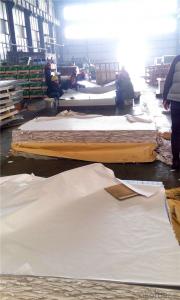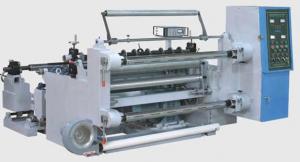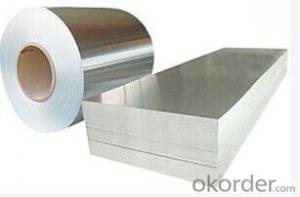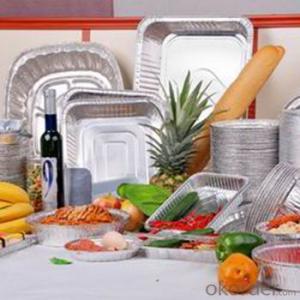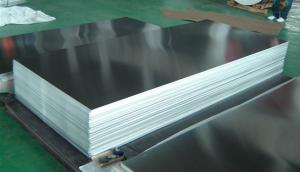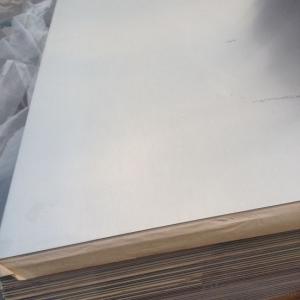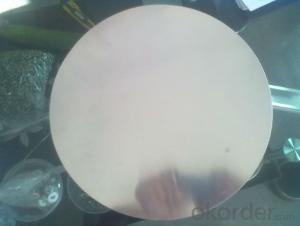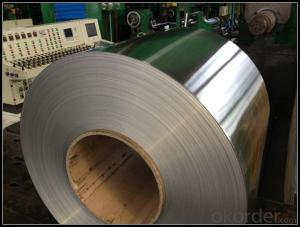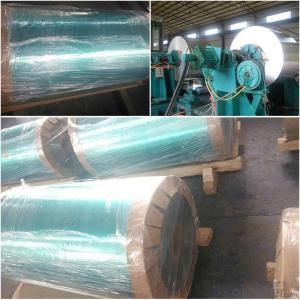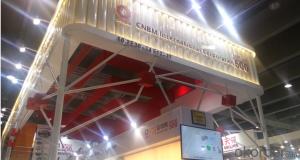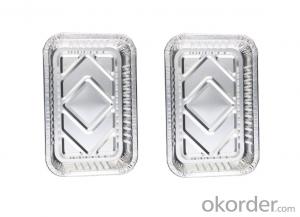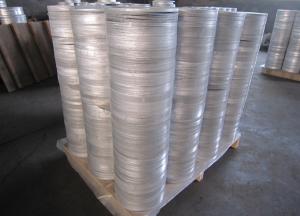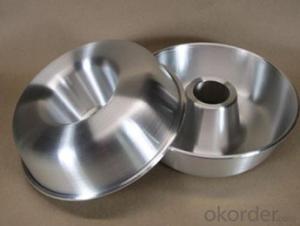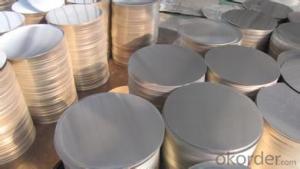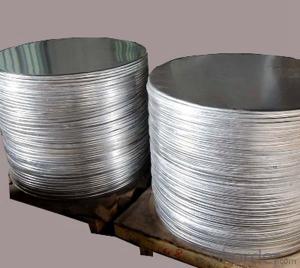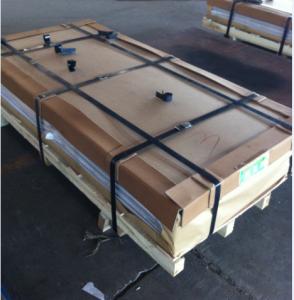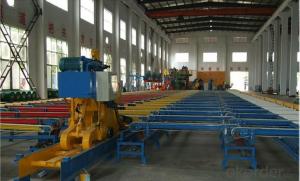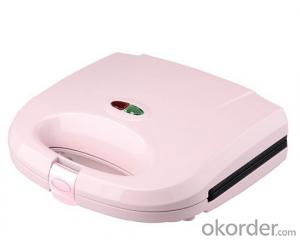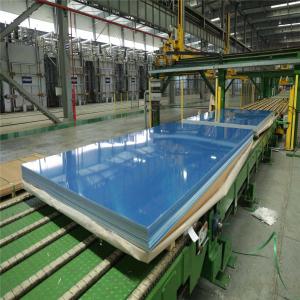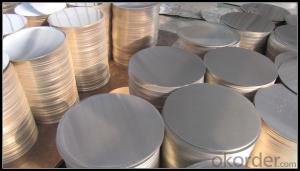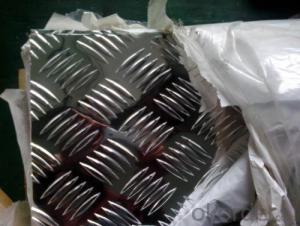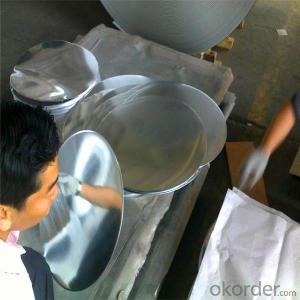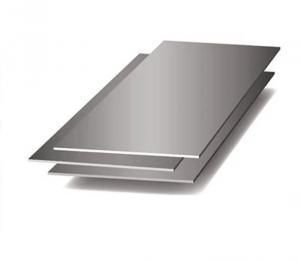1100 Series Aluminum Plate
1100 Series Aluminum Plate Related Searches
Aluminum 1100 Plate 1100 Aluminum Plate 1100 Aluminum Plate Suppliers 2011 Aluminum Plate 11 Gauge Aluminum Plate Aluminum Coil 1100 1100 Aluminum Coil 1050 Aluminum Plate 5000 Series Aluminum Plate 1060 Aluminum Plate Aluminum Square Plate Aluminum Round Plate 1 Inch Aluminum Plate Aluminum Surface Plate Black Aluminum Plate Aluminum Metal Plate Aluminum Cooking Plate Aluminum Cold Plate 1 Thick Aluminum Plate Alcoa Aluminum Plate 1 Aluminum Plate K100s Aluminum Plate Rolled Aluminum Plate Aluminum Extrusion Plate Square Aluminum Plate Large Aluminum Plate Extruded Aluminum Plate 10mm Aluminum Plate Aluminum Base Plate 12mm Aluminum Plate1100 Series Aluminum Plate Supplier & Manufacturer from China
The 1100 Series Aluminum Plate is a popular choice among manufacturers due to its excellent corrosion resistance, good formability, and high electrical and thermal conductivity. This product is widely recognized for its versatility and is commonly used in various industries such as construction, automotive, aerospace, and packaging. The 1100 Series Aluminum Plate's lightweight properties and strength make it an ideal material for a multitude of applications, including facades, transportation components, and food containers.In terms of usage scenarios, the 1100 Series Aluminum Plate is frequently employed in applications where high strength-to-weight ratios and resistance to corrosion are paramount. This material is particularly well-suited for environments that are prone to moisture and chemical exposure, making it a popular choice for marine applications, outdoor signage, and architectural structures. Additionally, the 1100 Series Aluminum Plate's malleability allows for easy fabrication into various shapes and forms, further expanding its range of potential uses.
Okorder.com is a leading wholesale supplier of the 1100 Series Aluminum Plate, boasting a vast inventory that caters to the diverse needs of clients across different industries. As a reputable supplier, Okorder.com ensures that the 1100 Series Aluminum Plate is available in various sizes, thicknesses, and finishes to meet the specific requirements of each project. By offering competitive prices and prompt delivery, Okorder.com has established itself as a reliable source for this essential material, helping customers achieve their manufacturing goals efficiently and cost-effectively.
Hot Products

